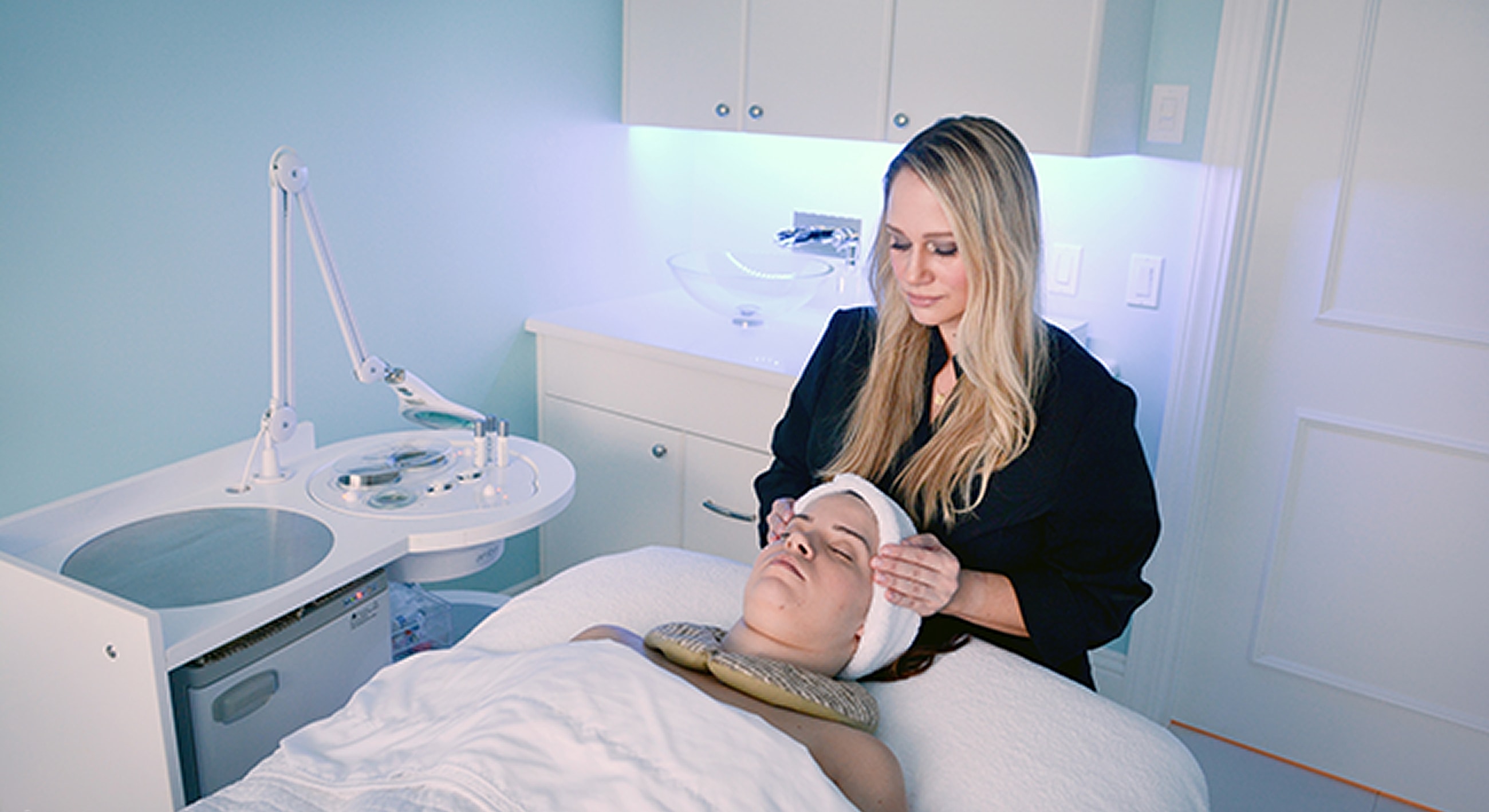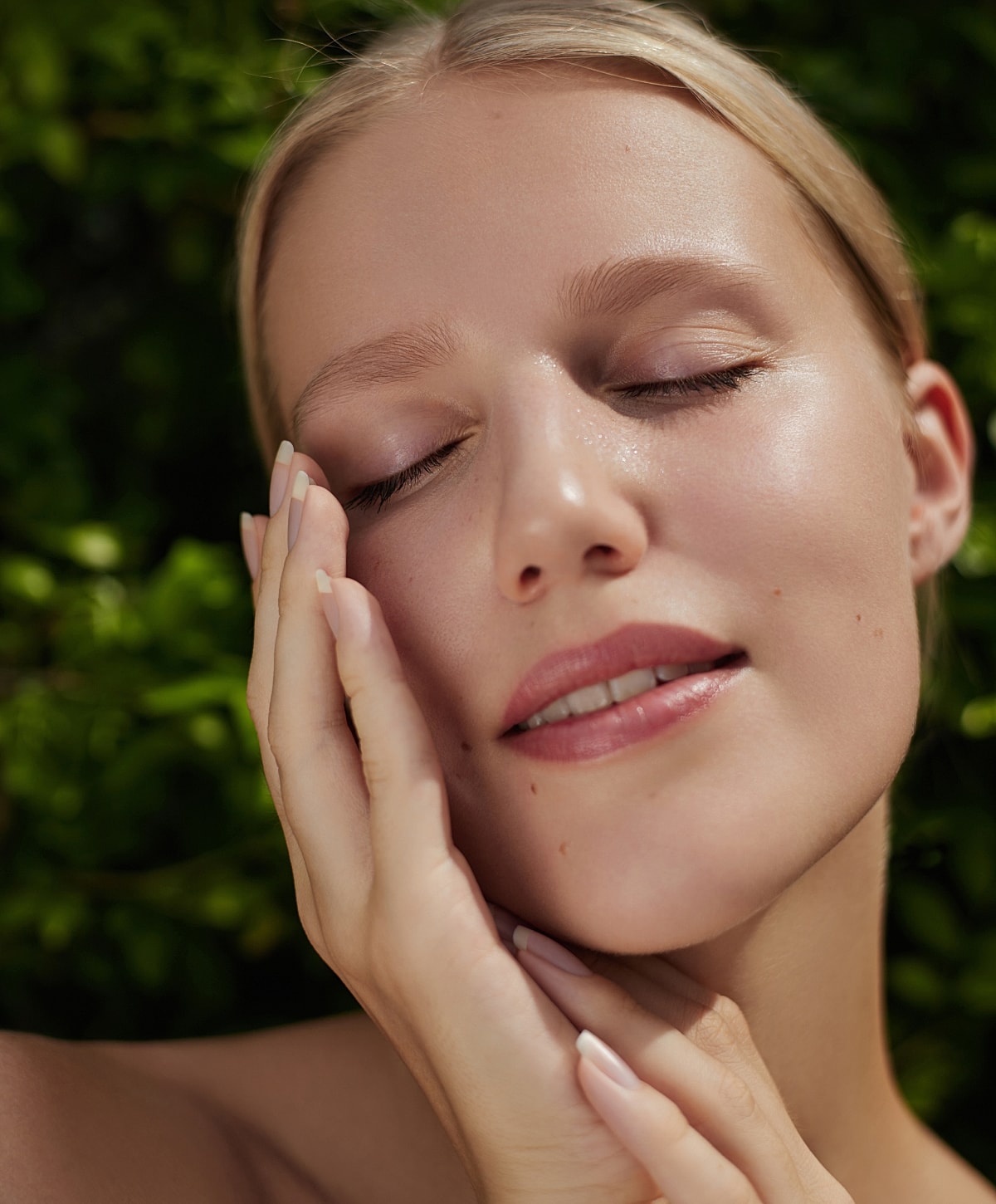palceholder















During a massage session, while the client resting comfortably on the table, they will feel a series of different massage strokes ranging from gentle thumb gliding along the muscle tissue, to tapping, kneading and wringing to get the muscle fibers to release their tension. Gentle kneading “warms” the muscle or muscle group to be worked by the practitioner.
All muscle tissue must be warmed prior to therapeutic bodywork, or else the muscles runs a high risk of injury/further injury. The gentle kneading also introduces fresh blood and nutrients into the muscle, nourishing the organs and soft tissue structures. All massage strokes are designed to help guide blood and lymph fluid back towards the heart/lungs for gas exchange (exchanging carbon dioxide molecules for oxygen).
There are roughly about 5 basic massage techniques that are standard with every massage. They are the building blocks, the “framework” for all therapeutic bodywork. During your massage Vero Beach patients may experience some or all of these techniques. These 5 massage foundations movements or “strokes” are:

This technique uses mild pressure applied by the palms of the practitioner’s hands, in a long gliding motion designed to assess and gently warm the area to be worked. It is very effective in assisting in healthy lymphatic flow. It is generally the opening movement when the massage begins.
This technique is often compared to a gentle kneading, where the practitioner will knead, roll, wring and lift the muscle of the area being worked on. The focus of this technique is to loosen restricted fascia (or connective tissue) that may be causing discomfort, increase circulation and stimulate the nerve endings. This stroke is very effective in locating knotted muscles and determining if the problem is a knot or a trigger point.
This technique utilizes a rhythmic and percussive movement which is designed to stimulate the nerves and warm the muscles, improving circulation. The practitioner utilizes their cupped hands or loose fists to manipulate the soft tissue being worked.
This specific massage stroke is mainly used to break down scar tissue around joints and fibrous adhesions while increasing circulation and range of motion. The practitioner performs small thumb circles in a “back and forth” motion with the fingers along the muscle.
This stroke is slightly different than the others mentioned previously. While the others are all geared towards muscle and soft tissue manipulation, this one involves gentle rocking and/or shaking movements. The goal being to increase relaxation and decrease stress and tension.

Massage therapy has been actively practiced in certain countries for thousands of years.
Countries like China, Japan and even as far as ancient Egypt, have used the health promoting benefits of massage therapy. Some of the benefits of Massage Therapy are: Reduction in muscle pain and tension, decrease in the stress hormone Cortisol, relieves headaches, improves circulation, increases joint mobility (range of motion), stimulates lymphatic system which reduces inflammation in the body so it boosts the immune system. It also increases relaxation by releasing serotonin, dopamine and other ” feel good” endorphins. Studies suggest a simple 10 minute massage reduces post-workout soreness by as much as 30%.
Studies have also shown that regular massage therapy treatments provide long lasting effects on the body.
Some of the benefits include: Relieves stress, improves circulation to the extremities which is very helpful for people who suffer from poor circulation due to a heart condition or diabetes, boosts your immune system to help you fight off common colds and viruses, increases joint mobility, reducing chronic pain to keep you active while self lubricating the joints, promotes a deeper sleep to relieve the effects of insomnia and reducing pain neurotransmitters.
Massage therapy stimulates the Autonomic Nervous System, which controls all the body functions we do not consciously control, like breathing, heart rate, digestion, etc.
The Autonomic Nervous System is broken down in to 2 different branches; The Sympathetic and The Parasympathetic Nervous Systems. When the Sympathetic Nervous System is triggered “stressed”, an immediate large, widespread dose of epinepherine is released by the adrenal glands which sit on top of your kidneys, causing the body to go into “Fight or Flight Mode.” This reaction causes the heart rate to increase, breathing increase, pupils to dilate, increased blood flow to the muscles and a decrease in digestion as the body prepares for imminent danger. Now when the Parasympathetic Nervous System is activated, it produces the opposite effect of the Sympathetic Nervous System.
Infact the hypothalamus located in the brain releases endorphins or “feel good chemical messengers” that calm the body. Decreasing the blood pressure, heart rate and breathing. Promoting rejuvenating relaxation, bringing the body and mind back to harmony and peaceful living. Importantly, massage touches more than just your muscles. On top of everything is your largest organ, skin, and the spidery web connective tissue that covers us from head to toe, the fascial layers. While it’s often the musculoskeletal system that gets the most credit, there is much more going on that is affected by massage touch. In all there are eleven central “systems” in the body: Cardiovascular/Circulatory which are comprised of arteries and veins, Digestive which is what we taken in and eliminate, Endocrine handles the hormonal balance, Integumentary aka the skin, Lymphatic which moves the white blood cells in the immune system, Musculoskeletal which is the framework of the body responsible for movement, Nervous which is the brain to body connection, Renal which produces/stores and eliminates urine and other metabolic waste from the body, Reproductive the sex organs, Respiratory which is the movement of air, exchanging oxygen and carbon dioxide in the lungs and finally, the Vestibular which is the balance system located in the inner ear and is responsible for balance.
